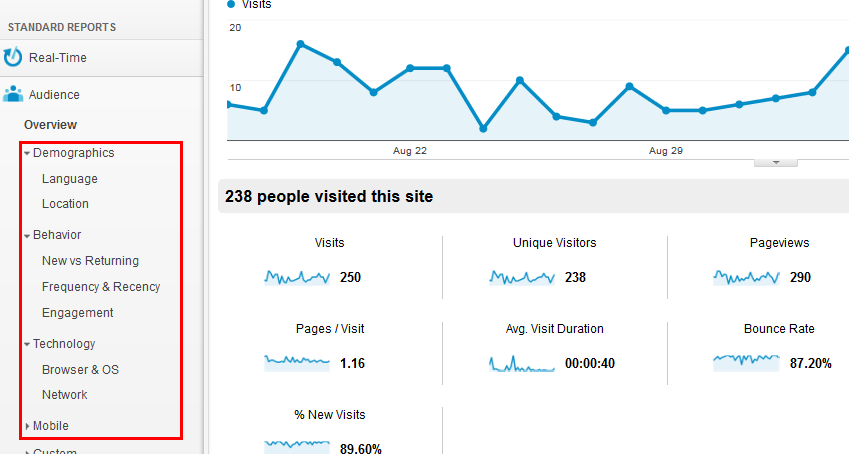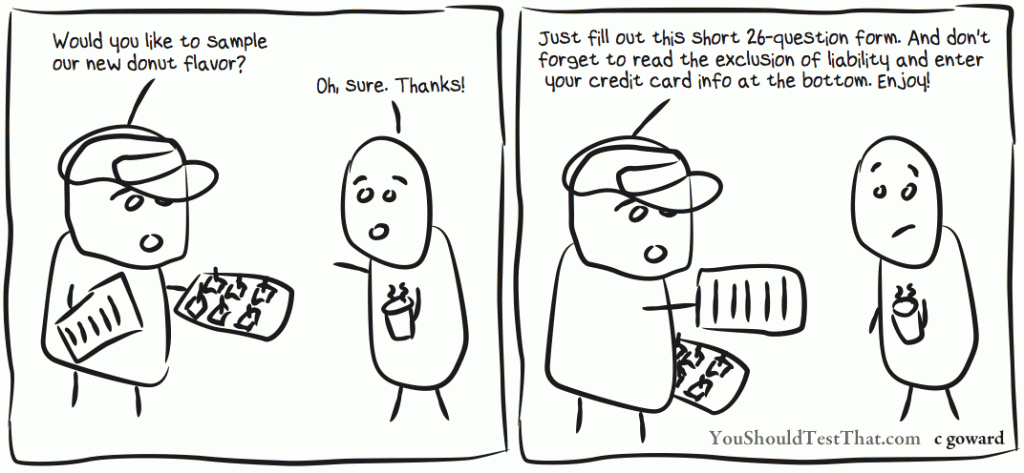One of the goals of conversion rate optimization as part of your website optimization services is to fulfill different online marketing goals and increase visitor conversions. Done right, conversion rate optimization (CRO) will help your online marketing efforts become more effective at getting your target audience to complete the goals of your clients. However, the following myths are pervasive in the industry. Let’s discuss and dispel some of these myths in order to improve your campaigns today.
CRO does not require research if I know my market.

If you’re regularly tracking your campaigns already, this shouldn’t be a problem anymore. You’ll have the date you need –that’s what makes this true.
Following conversion ‘best practices’ is enough to boost my conversions.
False. Changing your button colors, making your calls to action more visible, creating a more compelling header and catchphrase – these are all helpful, but they are not enough to help if you see low conversion rates. You need to address the real issues your landing page may have and focus on:
Improving landing page copy by targeting your audience
- Increasing trust signals through online reputation management
- Enhancing user experience by improving site speed, switching to responsive design, etc.
- Reducing the number of steps for your target audience to complete a conversion goal
Check what other serious issues your website pages have, and address these along with the implementation of ‘best practices’ in website optimization. This will yield more lasting results.
My competitor’s CRO approach will work on my website.
True and False. This works when you take the elements the competitors’ websites and landing pages that work, and apply it in your unique way to your own campaigns. Don’t expect it to work long-term if you are going to blatantly copy their design, simply rewrite their copy, and publish it live. As mentioned in the previous item, you need to address the real issues of your site, and customize keywords, design, and conversion rate optimization strategies to suit your needs.
Conversion is the only metric I should focus on in CRO.
False. Conversion is your end goal for CRO campaigns, but it’s not the only factor that determines the effectiveness of your campaign. You need to examine all the steps involved in gaining the conversions you do end up getting from CRO. At the end of the day, what gets consumers to fulfill a conversion goal is the quality and relevance of the information you present to them.

We’d be happy to help you dispel more of these conversion rate optimization and other website optimization myths. Talk to your account manager today or sign up for free and become our partner to get started. Keep checking back for more tips and updates on SEO!
 Improving landing page copy by targeting your audience
Improving landing page copy by targeting your audience


